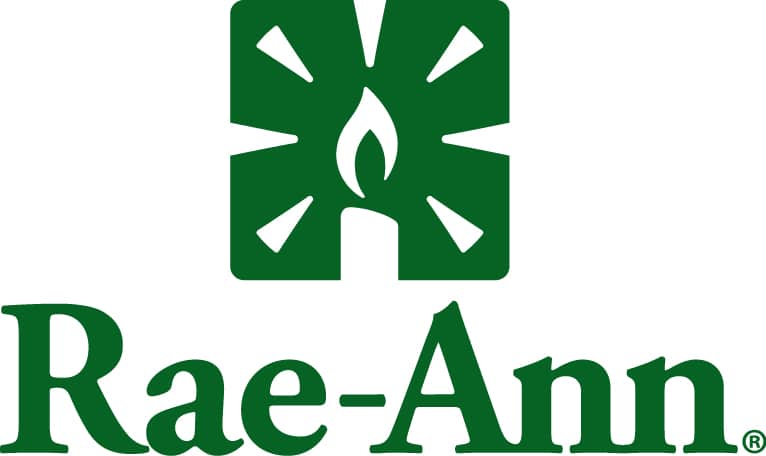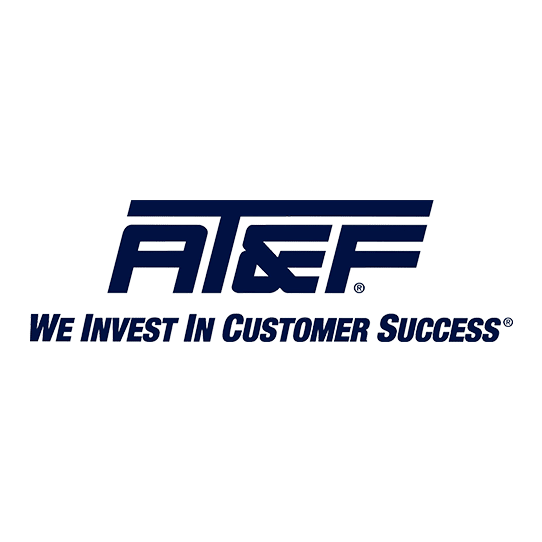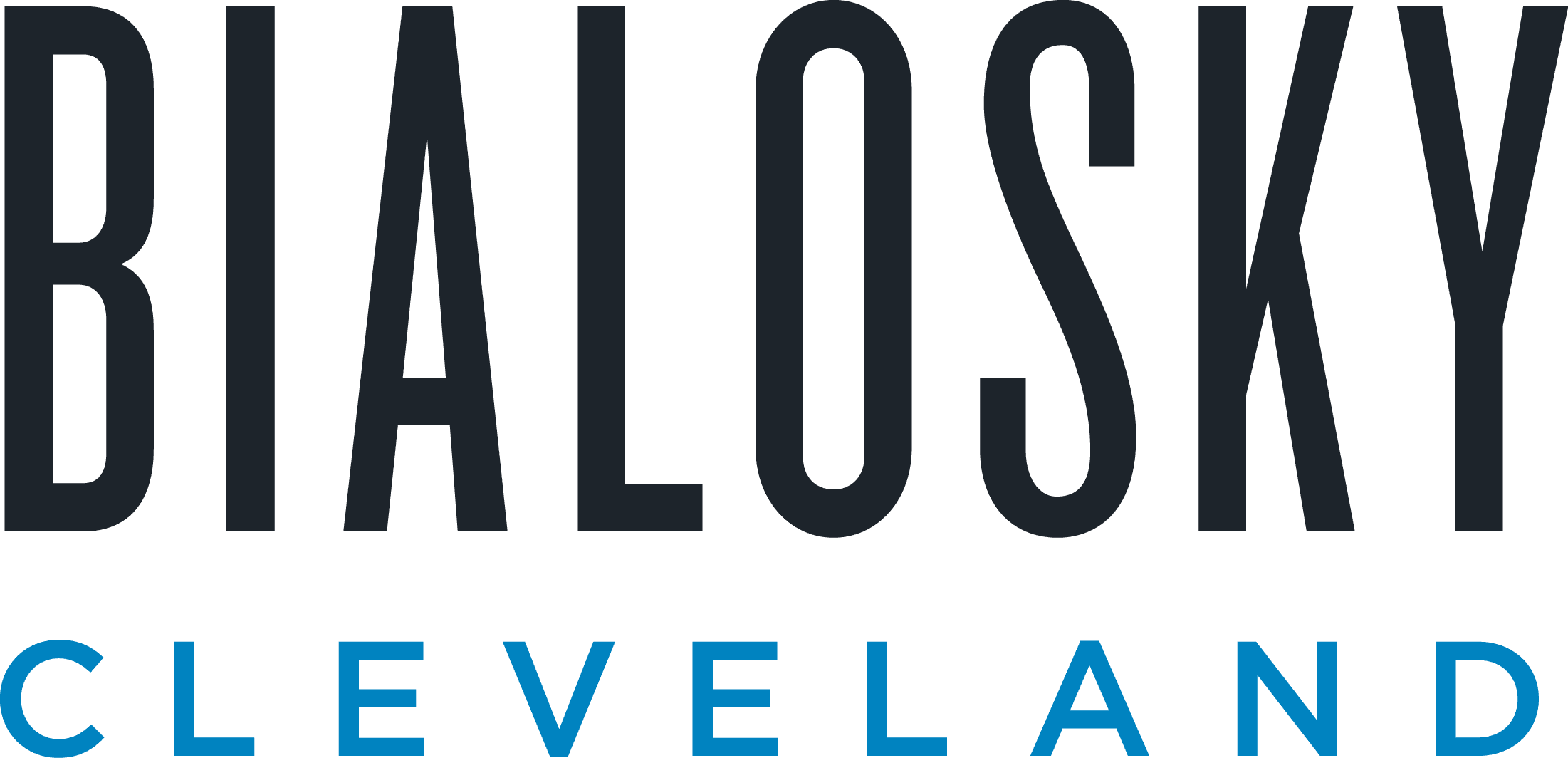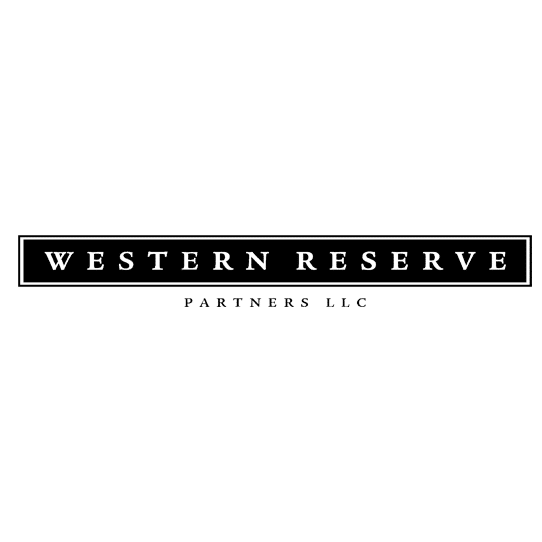When it comes to business valuation, the methodology used to reach a valuation matters. The value of a tire manufacturer that has been in business for 70 years, with national distribution and a stable customer base, should not be determined by the same method used with a cloud-based ride-sharing business that is less than 10 years old.
The appropriate method – or a combination of methods – for a business valuation is influenced based upon the specific facts and circumstances of the underlying subject being valued and the purpose of the valuation. The documentation of the conclusion from the valuation engagement should support which methods were chosen to use and more importantly, which such methods were considered.
The most commonly accepted business valuation methods are generally grouped into the following categories
Income approach
With the income approach, the focus can be on income statements, net income or cash flow. The valuation professional performs an analysis of potential economic benefits of the business and the risks associated with it. The income approach can be used to determine either a controlling or minority interest position, as well.
The income approach encompasses two different methods:
- The capitalized earnings method is appropriate when the business is stable from the standpoint of operations, revenue, earnings, and customer base and such stability is anticipated on a forward looking-basis. This method looks at a single representative estimate of benefit as being representative of the company’s future potential, which may be for an isolated year or an average of several years. The key is that those forecasted benefits will grow at a moderate and stable rate into future periods.
- The discounted earnings method is appropriate when a business may experience some volatility in the immediate future that then stabilizes. The anticipated volatility for revenue or profit can be the result of any number of factors that may skewer the results for a given year, and needs to be considered as a temporary occurrence as opposed to what will happen into the long-term for the business. Developing reasonable projections are a key factor in this methodology.
Market approach
The market approach involves determining the value of a business or business interest by utilizing certain pricing data that is derived either from publicly traded company information or other resources that report the sales in private company transactions. The use of the market approach, comparable to the income approach, can provide a result of value that is stated either on a control or non-controlling basis. The key to this approach is the ability to find companies that are either similar to the company being valued or that have other similar characteristics or elements as the subject and would subject to the same types of risks. Various guidance as well as court cases have provided what types of criteria may result in a company being considered a good proxy to the subject entity.
Asset approach
The asset approach is most appropriate when valuing a holding company or capital asset intensive company, or when valuing a controlling interest. Asset methodologies are balance sheet driven and involve adjusting individual assets and liabilities on the subject company’s current balance sheet items to defined values. The weaknesses of the asset approach are that it may not value the intangible assets of a company, such as goodwill, or focus on income generated by a company’s assets as a whole.
The cost or asset approach is applied in the valuation of a broad range of different assets. The valuation of tangible assets considers that certain assets have a fair market value that differs from their book value on the balance sheet. This approach presents the value of all the tangible and intangible assets and liabilities of the company at their fair market value.
Within the asset approach, an expert may utilize the adjusted net asset value (“ANAV”) method which reflects the amount a controlling ownership interest could liquidate the underlying assets and liabilities (without consideration for any transaction or selling costs). The ANAV is the sum of the total market value of a company’s assets minus its liabilities. This approach is sometimes used in the valuation of operating companies where the value of the underlying assets is greater than the value of the business as reflected by the earnings or cash flows being generated from such assets. Should an asset approach be incorporated in an engagement to value a non-controlling interest, there may a necessary application of a valuation discount to reflect the limitations and economic disadvantages that a minority owner may be subjected to.
If you would like to start the process of a business valuation for your company, contact your Barnes Wendling advisor to set up a meeting with our business valuation specialists.
Related Insights
Featured Post



















